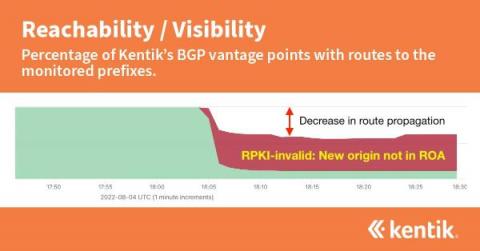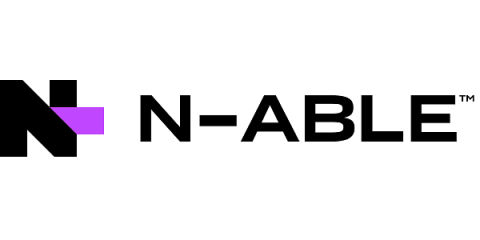Welcome to the Experience-Driven NOC
At Broadcom Software, we strive to build the most scalable operational software in the market. We work to ensure that our network monitoring software can track how constant network changes affect user experiences. As a global provider of networking equipment, we understand that there will always be changes happening on today’s enterprise networks, especially the internet. That’s why we build and refine our monitoring software to align with constant change.









